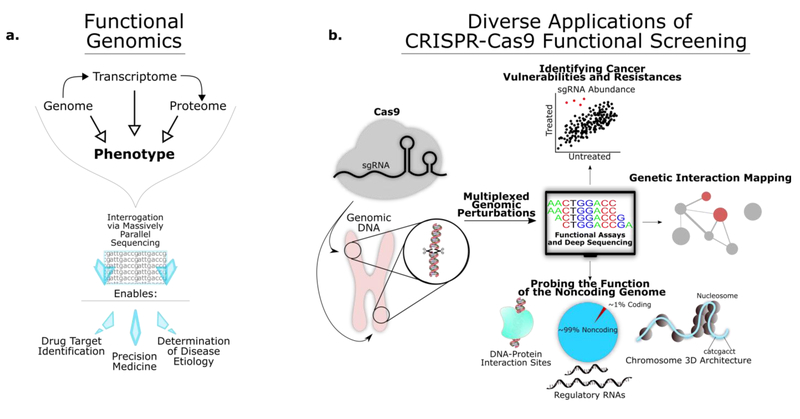Figure 1. Functional Genomics and CRISPR-Cas:
(a) The goal of functional genomics is to better understand how the genome informs diverse biological phenotypes. To this end, functional genomics makes use of mass data sets spanning the genome, the transcriptome, and the proteome. The declining cost of massively parallel sequencing platforms has made genome wide functional screens broadly achievable and economically viable for academic labs of all sizes. (b) CRISPR-Cas9 has made multiplexed functional screening with single cell resolution more robust than ever before. The ease of sgRNA design has led to accelerated functional mapping of the genome with extensive consequences for medicine and biotechnology. Because sgRNA targeting almost any region of the genome can be designed in silico, CRISPR-Cas screens can be rapidly designed and executed. Functional screens using Cas9 have been used for a wide variety of applications, such as identifying novel cancer therapeutics and vulnerabilities, quantifying genetic interactions, and exploring the function of the non-coding genome.

